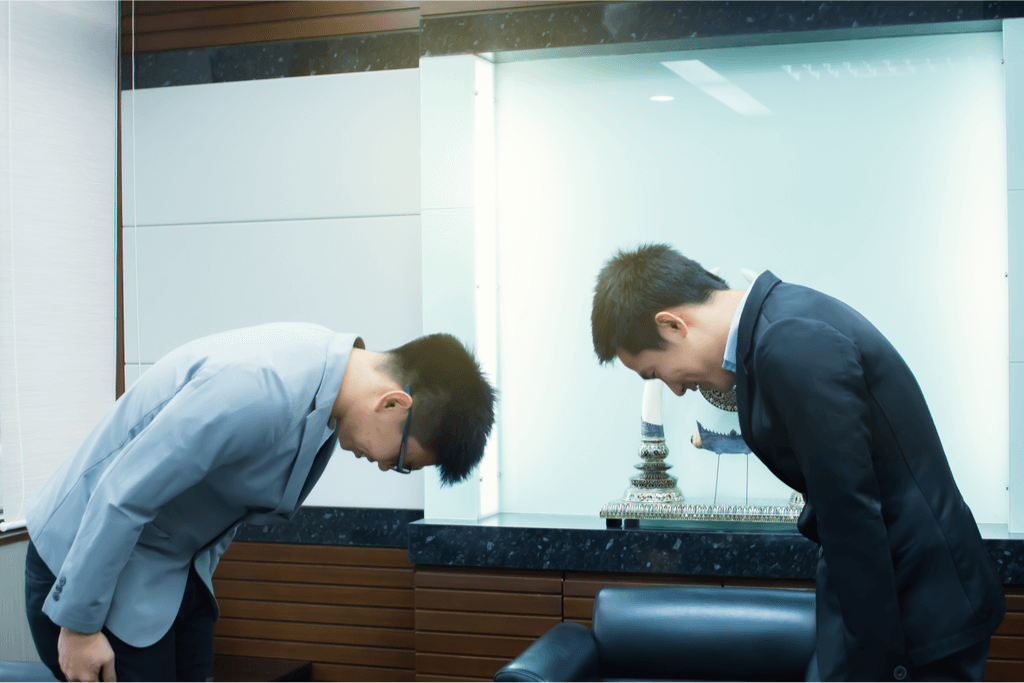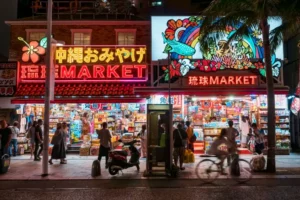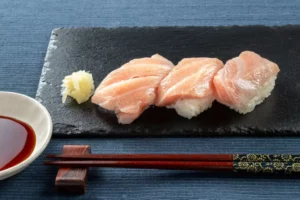Japanese is a complex language with many different greetings. You’ve probably heard of “konnichiwa” or “sayonara“. However, these are just two of many Japanese greetings you can use to greet or address someone.
Each greeting has a unique set of rules depending on a person’s status and time of day. Understanding popular Japanese greetings and their rules can help make your next visit to Japan more enjoyable.
Table of Contents
ToggleOverview
Japanese is a complex language which has hundreds of thousands of words. For example, there are over 20 ways to say “sorry” in Japanese! As such, there are just as many ways to greet someone.
If you’re interested in learning Japanese, some of the first phrases you should know are aisatsu (挨拶), or greetings. Greetings allow you to make a first impression, catch someone’s attention, or introduce yourself.
In Japanese, there are many ways to greet someone. Each greeting has its own unique rules on when and how to use them. For context, Japanese language and culture pays special attention to position, age, and formalities when using greetings and honorifics. Therefore understanding each one is crucial to success.
You can use informal greetings with close friends and family. However, you should use formal greetings for those who have a higher status than you. This inclues your elders, your boss or senpai (senior) at work, or strangers.
If you use greetings inappropriately, you run the risk of being seen as rude or impolite. This could be even more awkward if you’re meeting them for the first time.
Ohayou gozaimasu (おはようございます)
Ohayou gozaimasu is a very popular way to say “good morning” in Japanese. You may notice that it doesn’t have asa (morning) in the phrase at all. Instead, it interpolates hayai (early) into the base word to form ohayou.
Ohayou gozaimasu is a formal greeting. If you drop the gozaimasu and just say ohayou, you will find a more informal way of saying “good morning.”

If you just say ohayou, be sure to only use it with family and close friends. Otherwise, it could be seen as rude and impolite. If you’re unsure which to use, just use ohayou gozaimasu, as you’d rather be overly polite than rude.
Want to practice popular Japanese greetings? Why not do so while enjoying Sakuraco! Sakuraco delivers traditional Japanese sweets and teas sent right to your door!
Konnichiwa (こんにちは)
Konnichiwa is probably the most popular Japanese greeting outside of Japan. It’s a word known internationally by children and adults alike and translates roughly to “hello”. This greeting is typically used during the late morning to early evening (roughly 11am to 5pm). So, think of it as a way of saying “good afternoon.”

Konnichiwa is somewhat formal, so if you want to address a friend, try using a a more simple phrase. Phraseslike yo (よ) or osu (おす) which are masculine ways to say hi to other guys. Girls can use ya (や) or yoohoo (ヤッホ) which are feminine ways to say hi to other girls. These are gendered terms so be sure not to mix them up or use them interchangeably. Doing so could make things a little awkward.
Konbanwa (こんばんは)
Konbanwa literally means “tonight,” however it translates to “Good evening”. A good time to use this phrase is usually after 5pm. This phrase is most commonly used in formal settings A more informal version would be a phrase like oyasumi (おやすみ).

Oyasumi is an informal way of saying “good night” that can be used with close friends and family. This signals that you’re going to bed, leaving somewhere. It can also be used to say goodbye to friends or when hanging up the phone at night. A more formal way to say this would be oyasumi nasai which you can use with elders.
Ogenki desu ka? (お元気ですか。)
Ogenki desu ka? translates literally to “Are you healthy?” and as such, it’s not really a way to say hello. The English equivalent would be the phrase “How are you?” Like the English phrase, ogenki desu ka can be used at all times of day, however it isn’t typically used for people you see often.

Instead, it is used to catch up with people you have not seen in a long time. Due to that context, you may also hear it in the past tense as genki datta? which means “How have you been?” Unlike its English equivalent, when asking this question you genuinely should have interest in the person’s answer. This is meant to imply earnest interest in how someone is doing.
There are a few ways to simplify the phrase. However, the most common is “genki?” It is a shortened version of it’s predecessor which can be used with close friends. But since it is a question, be sure to inflect your voice at the end.
Hajimemashite (はじめますて)
If you’re meeting someone for the first time, use hajimemashite which translates to “Nice to meet you”. It is a great way to make a first impression especially if you know how to follow up.

Typically, you’d follow by saying your name and then saying yoroshiku onegaishimasu (よろしくおねがいします) which also means “Nice to meet you”. It has many uses and therefore, the direct translation is a bit odd in the English language. It translates directly to “Please look after me.” With hajimemashite, it’s a formal phrase that allows for a polite introduction.
Bonus #1: Moshi Moshi (もしもし)
Moshi moshi is exclusively used to answer phone calls. When picking up the phone, you can answer with moshi moshi as a way of saying “hello”. Like most things, there is a formal and informal way to answer the phone. Moshi moshi is an informal phrase and should be used almost exclusively with friends and family. If answering a phone call for business or from a stranger, you’d instead answer with hai (はい) which means “yes”. Then, follow it with your family (last) name or company name, if at work.

In Japanese society, etiquette and manners are extremely important. It’s important to note that greetings aren’t always phrases and can sometimes be represented in body language. For example, regardless of where you’re located in the world, you may be familiar with bowing.
Bonus #2: Bowing
Bowing in Japanese society can represent a number of different things. Depending on the context, the degree of the bow may change.

If you’re addressing someone who is of higher status than you, be sure to bow lower than them. Be sure to also address them with the proper greeting. Greetings are very important in Japan so understanding them is crucial to building relationships with people while you’re there.
Are you familiar with any of these greetings? Are there any ones that we have missed? let us know in the comments below!










